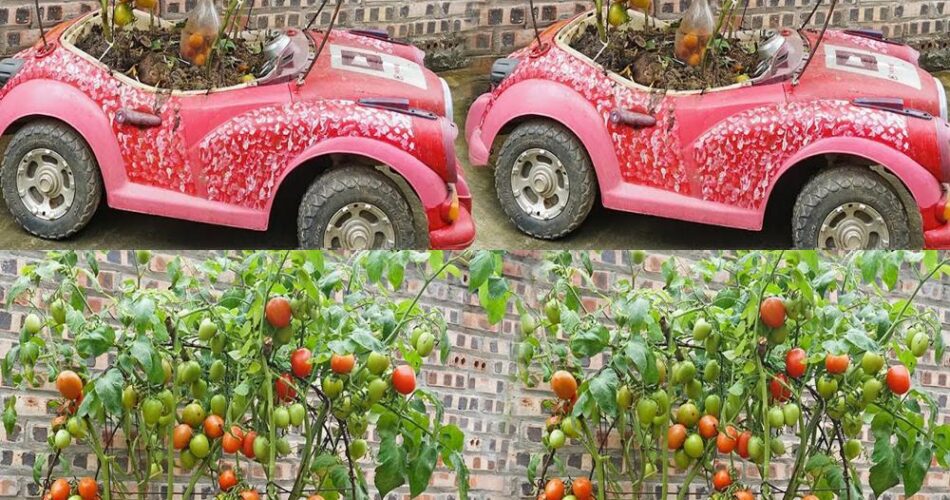How to Cultivate Tomatoes with Kitchen Waste for an Abundant Harvest, Many Fruits and Successes
Introduction
Growing tomatoes from kitchen waste is not only ecological but also an effective way to get a generous harvest, tasty and nutritious fruits.
Steps for Growing Tomatoes with Kitchen Waste:
1. Kitchen Waste Collection:
Start by collecting your kitchen waste such as fruit, vegetables, egg shells, coffee marc, etc. This organic waste will be used to fertilize the soil and enrich your tomato plants.
2. Soil Preparation:
Choose a sunny location in your garden or on your balcony. Prepare the soil by weeding and mixing it with the collected kitchen waste. Make sure the soil is well drained to avoid root rot.
3. Planting Tomatoes:
Choose healthy tomato plants and varieties adapted to your region. Dig small holes into the enriched soil and place the plants, ensuring that they are spaced to promote their growth. Water thoroughly after planting.
4. Plant Maintenance:
Make sure to water your tomato plants regularly, preferably in the morning to avoid rapid evaporation of water. Cut the unwanted branches to promote fruit development. Use tutors to support the plants and prevent them from fading.
5. Natural Fertilization:
Continue to add composted kitchen waste around tomato plants to maintain soil fertility. Compost will act as a natural fertilizer by bringing essential nutrients to tomatoes throughout their growth.
6. Protection against Diseases:
Monitor your tomato plants regularly to detect possible diseases or pests. Use natural solutions such as drained purine or black soap to control pests without using harmful chemicals.
7. Harvest and Tasting:
Once the tomatoes are ripe, harvest them by picking them gently so as not to damage the plants. Enjoy your fresh and tasty tomatoes in salad, sauce or simply nature with a fillet of olive oil and a pinch of salt.
Conclusion
Growing tomatoes with kitchen waste is an enriching practice that reduces food waste while obtaining quality fruit. By following these simple steps, you can enjoy an abundant and tasty harvest while preserving the environment.
